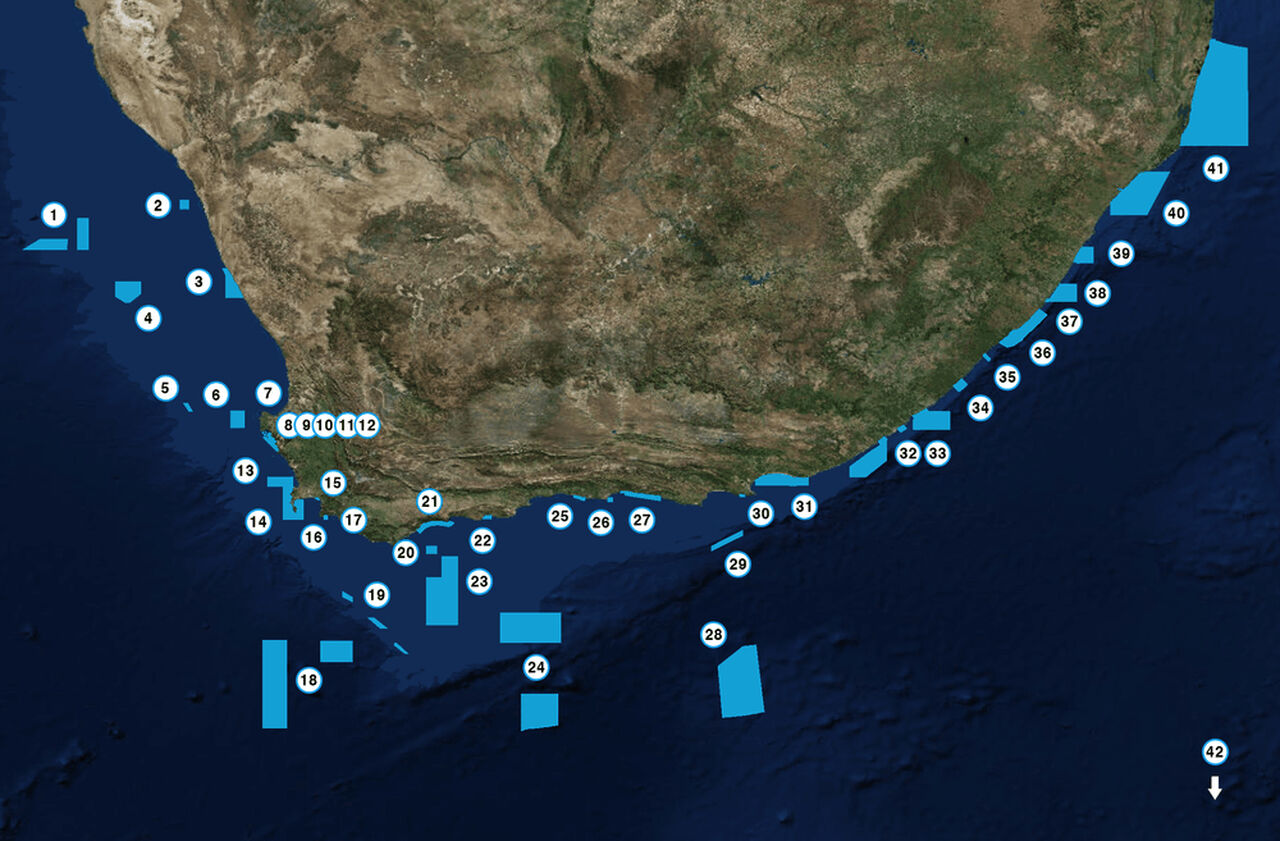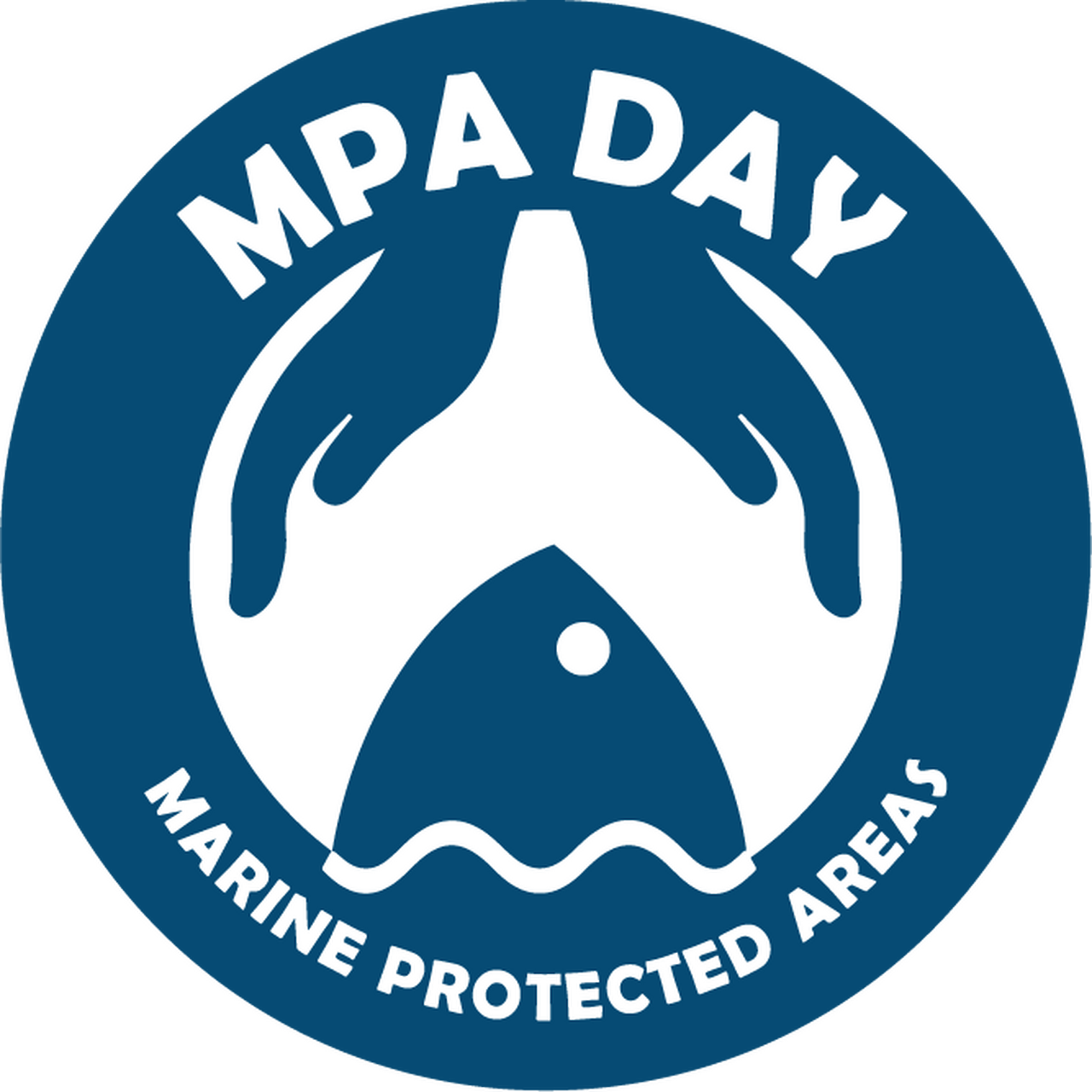Marine Protected Areas Day
"While many people are aware of the importance of terrestrial protected areas, such as game reserves, few understand that the same level of protection can – and must – be afforded our ocean life as well. These are effectively the Kruger National Parks of the oceans and an investment in our future well-being," says Dr Judy Mann-Lang, Executive: Strategic Projects at the Two Oceans Aquarium Foundation.
What is a Marine Protected Area?
A Marine Protected Area (MPA) is an area of coastline or ocean protected for the benefit of people and nature. These spaces are safe havens for marine creatures and their homes, like an underwater nature reserve.
The International Union for Conservation of Nature describes a marine protected area (MPA) as “a clearly defined geographical space, recognised, dedicated, and managed, through legal or other effective means, to achieve the long-term conservation of nature with associated ecosystem services and cultural values”. Essentially, MPAs assure the future health of our ocean systems and economies.
In South Africa, MPAs are chosen to protect unique habitats, preserve intact bioregions that have not been severely affected by human activity, and provide crucial safe spaces for commercially important fish species to recover. Our MPAs include many unique features - an underwater canyon longer and deeper than the Grand Canyon, an ancient fossilised yellowwood forest, and a 30m tall cold-water coral reef!
Where are MPAs in South Africa?
As of 2024, South Africa has 42 Marine Protected Areas - covering 5% of our national coastal waters. This is an incredible achievement, as this number was just 0.43% before 2016!
These MPAs are scattered along the coast of South Africa: From the Orange Shelf Edge (pristine and untrawled by commercial fishers) on Namibia's border all the way to iSimangaliso (a special feeding site for sea turtles) on the border of Mozambique. In between, we have iconic sites - Robben Island, Tsitsikamma, Pondoland, and many more.
Who manages the MPAs?
At the highest level, all South African MPAs are managed by the Department of Environment, Forestry & Fisheries. As most MPAs are attached to existing Nature Reserves, the managing authorities of those reserves take responsibility for the MPAs, too. These include the City of Cape Town, SANParks, CapeNature, Ezemvelo KZN Wildlife, and Nelson Mandela Bay Metro.
What is MPA Day?
MPA Day helps us collectively appreciate the value of MPAs and how they benefit both us and the incredible marine biodiversity they are designed to protect.
It’s a day to share stories and information about why and how we need to conserve our oceans and keep building support for MPAs. We hope that MPA Day will help people worldwide recognise the important role of MPAs in preserving our oceans for both people and nature.
When & where did MPA begin?
The inaugural Marine Protected Areas (MPA) Day, was held on 1 August 2021 in South Africa. The day was a major success with the national event now set to go global in 2022. Everyone is welcome to celebrate these ‘game reserves of the sea’ with a number of exciting activities planned at home and abroad.
Why do we celebrate MPA Day?
To highlight the important role MPAs play in the conservation of marine biodiversity, the consortium of South African organisations, passionate about the protection of marine life and people, have established MPA Day as a way to educate and inspire others about the proper management of these protected spaces and to draw attention to the benefits which MPAs provide.
Here are 10 reasons to celebrate MPA Day:
MPAs protect a range of marine ecosystems which are home to rare or endangered species, as well as uniquely South African animals and plants that live nowhere else in the world. They protect critical nursery habitats for marine creatures and provide a space for resident fish species to increase in number and size, securing a vital food source for humans.
MPAs enable fish stocks to increase in size and abundance and, over time, these spill over into adjacent fished areas to improve catches for fisheries in a sustainable way.
Through the establishment of MPAs, marine animals are genetically stronger and more diverse, which means they can better adapt to changes in the ocean.
The ocean is a revered space for cleansing, worship, inspiration and rejuvenation, and by protecting these spaces, traditional practices can continue, connecting present generations with cultural roots.
These areas are invaluable spaces for recreational activities, including snorkelling, scuba diving, whale watching and turtle nesting, among others. Some of the country’s MPAs are internationally renowned dive sites, attracting tourists to the region.
From pupils in the foundation phase through to students at the tertiary level, MPAs act as educational centres for learning in the environment, providing a direct connection to the natural world.
The pristine quality of these conservation areas gives an idea of what nature looks like when not impacted by humans, something that scientists call a "control". This forms a solid foundation for research into the natural world and necessary conservation techniques.
Healthy oceans absorb enormous amounts of carbon dioxide and are home to vegetation that produces oxygen, helping to buffer humans from the effects of climate change. They also protect coastal communities from the devastating effects of rising sea levels.
The marine wildlife economy paves the way for sustainable job creation. The recreational benefits of MPAs – snorkelling, scuba diving and the like – provide employment in the tourism industry. The conservation side also creates jobs in the form of field rangers, park managers, hospitality and maintenance staff. The many jobs associated with fisheries also rely on healthy marine ecosystems.
Marine-based animals use complex compounds to defend themselves, some of which can be extracted and used in the creation of drugs that may fight off viruses, bacteria and cancer cells.

